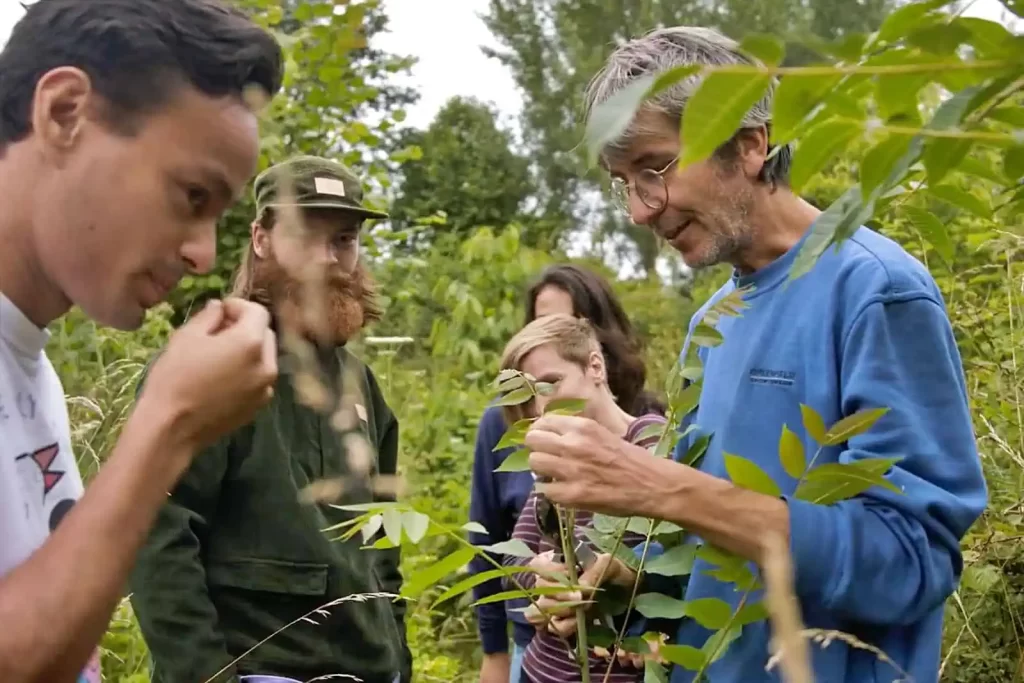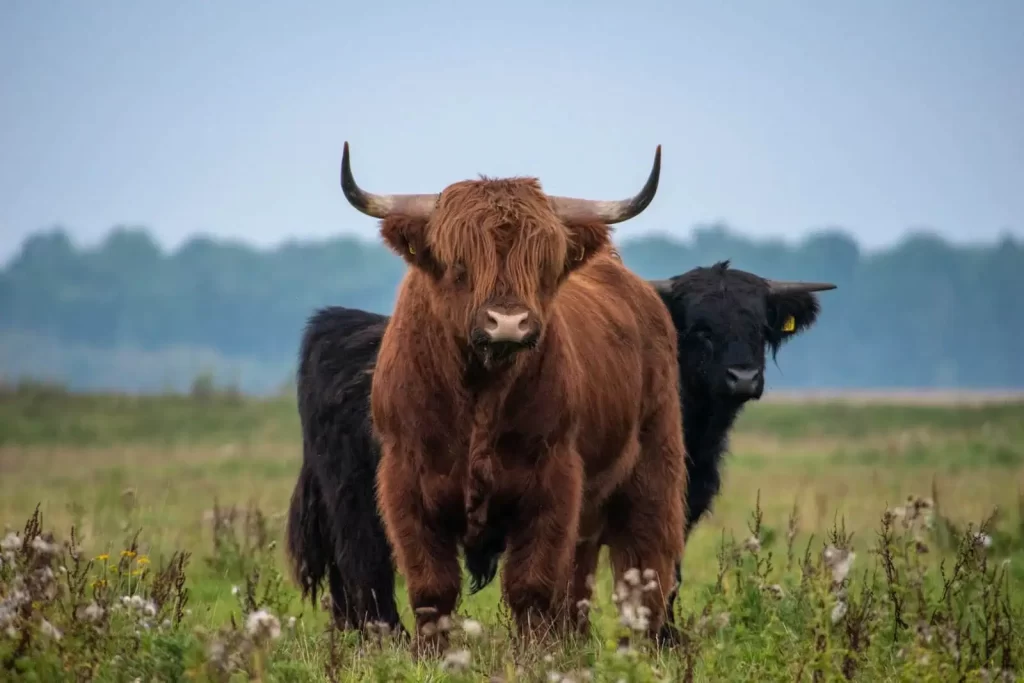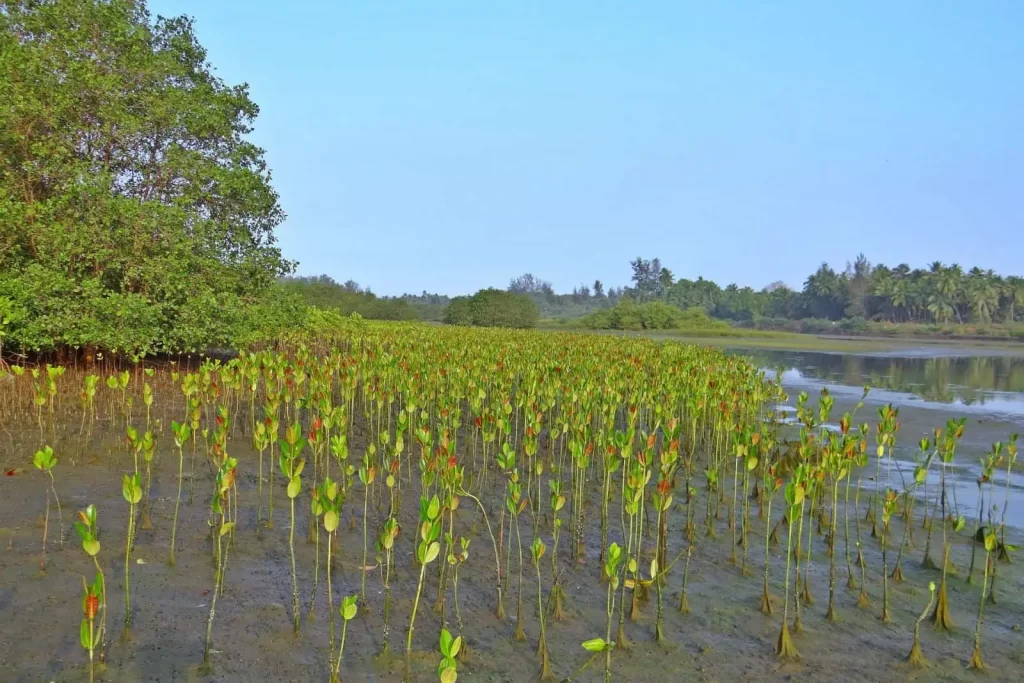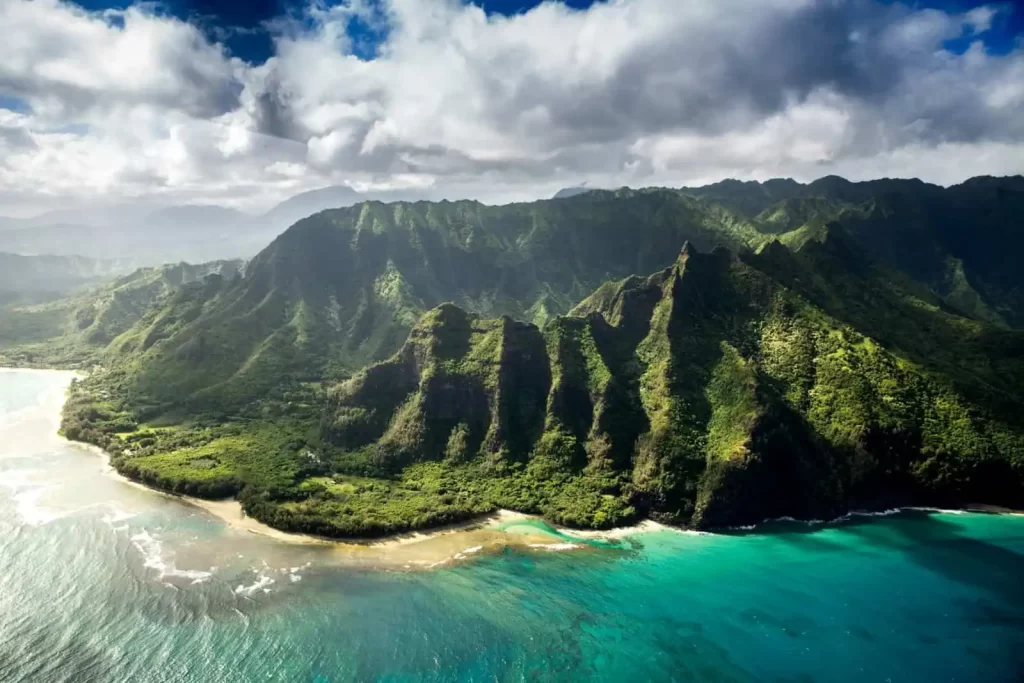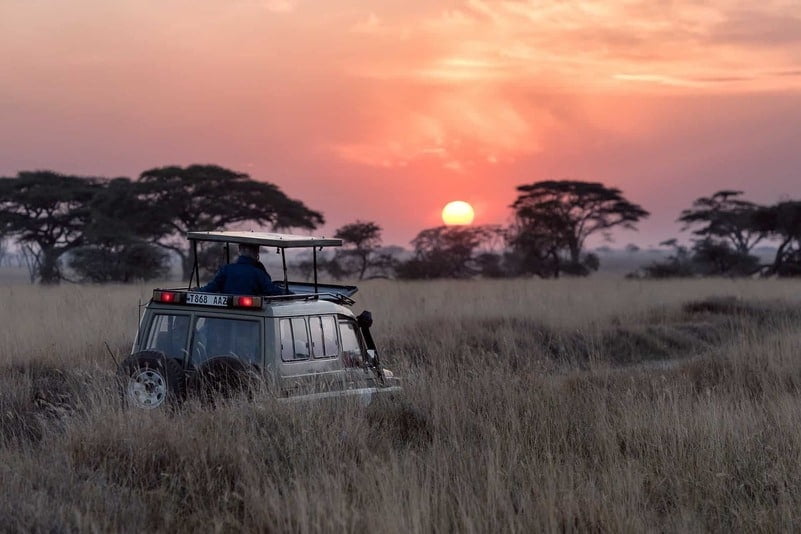
Protected areas valorisation
About this course
This MOOC is about the sustainable use or valorisation of natural resources in protected areas. The main goal of this course is to introduce some of the commonly-used ways to sustainably valorise protected areas (and their resources), thereby contributing to their long-term conservation. It will focus on two complementary approaches: the first part of the MOOC will cover the benefits (direct or indirect) provided by natural resources in protected areas, while the second part will focus on sustainable tourism and its benefits, costs, opportunities and threats.
- Ecotourism
- Online
Recurring
Open for enrolment

